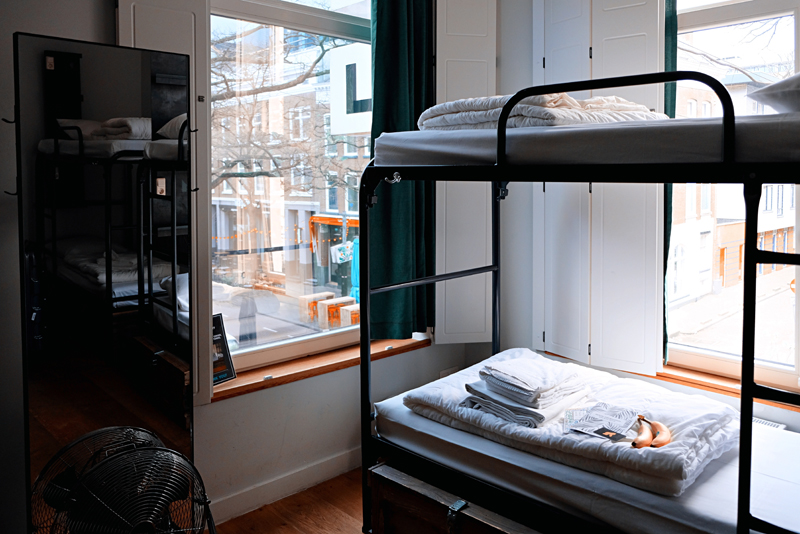How Training Helps a Shelter
RAFT Team, July 8, 2019
Shelters Provide Basic Short-Term Needs
Shelters provide an amazing service to those in need. Every single one works a little bit differently, but the heart to help is their unifying mission. Shelters generally provide the following:
- A Safe Space. Safety is a shelter’s priority, both for you and any children who come with you.
- Confidentiality. Your situation and information is yours, and will be kept private unless you grant permission for that information to be shared.
- Food, Clothing, & Toiletries. Shelters generally provide these necessities for you and your family.
- Transportation. Most shelters will provide transportation to get you to the shelter. Many times, bus passes are provided to help you get to any appointments or a job.
- A Place to Sleep. Shelters will provide a bed for you and your loved ones. This may be in a common room or a shared bedroom, but it will be warm, clean, and dry.

Often these things are provided on a short-term basis. Safe housing programs are typically available for 3-7 days. Homeless shelters can be for up to 6 weeks. Transition programs can last much longer.
Shelters Can Provide Long-Term Assistance
Maslow’s Hierarchy of Needs acknowledges that our basic needs must come first: food, water, clothing, and shelter. Once these very base needs are met, our safety needs come next: personal security, emotional security, health and well-being, and financial security. The final three layers of the pyramid of needs are belonging, self-esteem, all of which culminates in self-fulfillment. Shelters provide basic needs, and often provide some physical safety.
But what if a shelter could go beyond the basic provisions, and provide tools that could help sustain people for the rest of their lives? What if this could be done without overtaxing the already exhausted shelter workers? What if there were a training that actually helps these workers avoid compassion fatigue and instead helps them build resilience?
Our free Live a Brighter Life curriculum can do just this. In six classes, students will learn to do the following:
- Set boundaries and define personal space
- Say no by saying yes differently
- Uncover self-respect by letting go
- Uncover a self-compassion that leads to resilience
- Stand in divine power
- Reclaim self physically and emotionally by being present
These 6 principals will not only help shelter workers bring their best selves to work each day, it will help them establish firm boundaries that are loving and compassionate to both themselves and to those around them. And these foundational truths will help them learn to rest, refresh, and value themselves in a way that allows them to become their best selves. Live a Brighter Life reshapes perspective. When all workers in a shelter are focused on these principals, decisions will be easier to make, organization will become easier, and because of the overall lift in emotional and physical health, your internal culture will shift.

In turn, shelter workers can pass this knowledge on to all those who come through the doors. Our Train the Trainers program will help your advocates provide the tools to help those in your shelter to learn to stand in their own power, respect themselves first, and teach their children to be their best as well.
And in turn — step by step — we’ll begin to change our communities and change our world.







